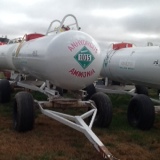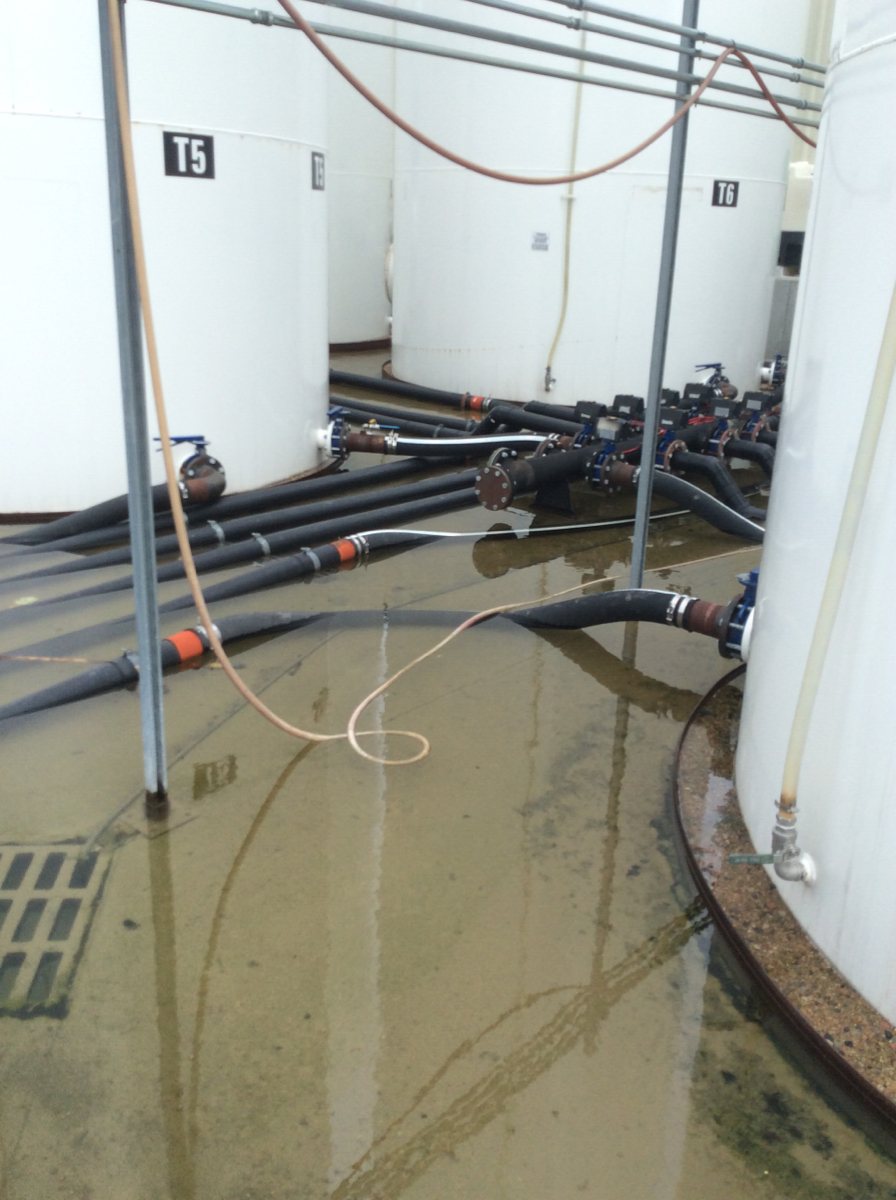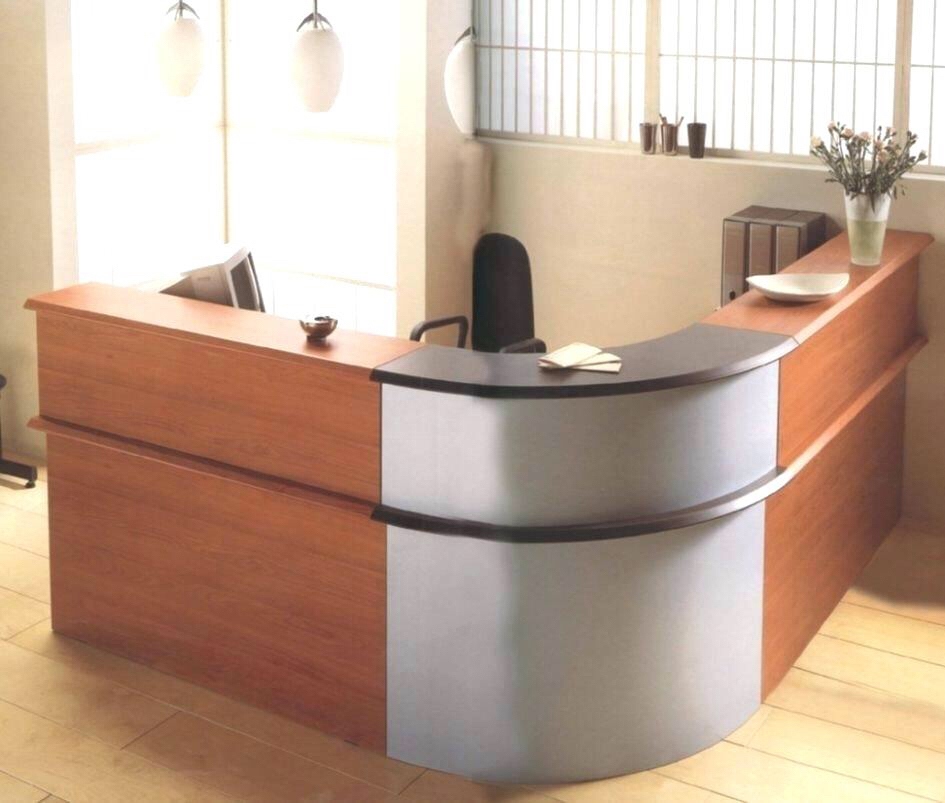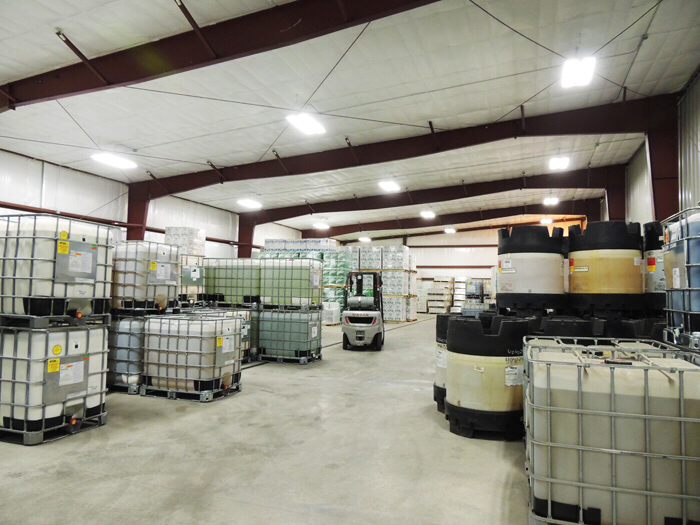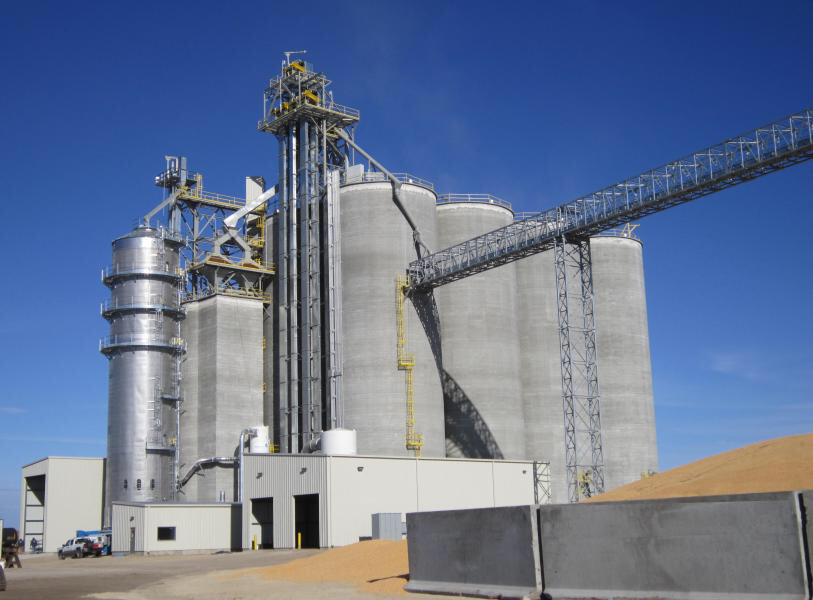Information
-
Document No.
-
Audit Title
-
Client / Site
-
Conducted on
-
Prepared by
-
Location
-
Personnel
Employee Training
-
All employees engaged in anhydrous ammonia operations have completed anhydrous ammonia safety training.
Safety Equipment
-
Emergency water tanks are full and properly placed at facility during transport load-in and nurse tank filling operations?
-
Emergency shut-off cables are properly installed, marked, and function properly to activate all emergency shut off valves when pulled?
-
Emergency contact phone numbers are displayed at site?
-
Employees have access to proper PPE including non-vented goggles and liquid proof tall gloves
-
All employees have access to a half face respirator.
-
Rain suit or slickers, and rubber boots available.
Safety Observations
-
All NH3 equipment is inspected before use or filling.
-
Proper nurse tank filling procedures are used while filling nurse tanks including the opening and closing sequence of valves.
-
Nurse tanks are not filled greater that 85% capacity?
-
All unauthorized persons including customers are kept away from load out stand during filling operations?
Bulk Plant Inspection
-
No anhydrous leaks?
-
Paint on tanks is in good condition.
-
All required markings in place and in good condition?
-
All electrical equipment and wiring is in good condition and protected from damage by weather.
-
Valves and piping are properly painted to communicate vapor or liquid?
-
Traffic barriers in place to protect tanks and plumbing.
-
Areas under and and immediately around NH3 storage tanks are free of combustible materials such as dry grass or weeds.
-
Hoses and tanks for bleeding off of delivery hoses are in place and in safe condition.
-
Bleed off water is labeled properly
-
Hoses are in good condition and current on replacement date?
-
Proper pull-away safety devices are installed on each hose?
-
Wind sock is installed within view of workers on load out stand and in good condition.<br>
